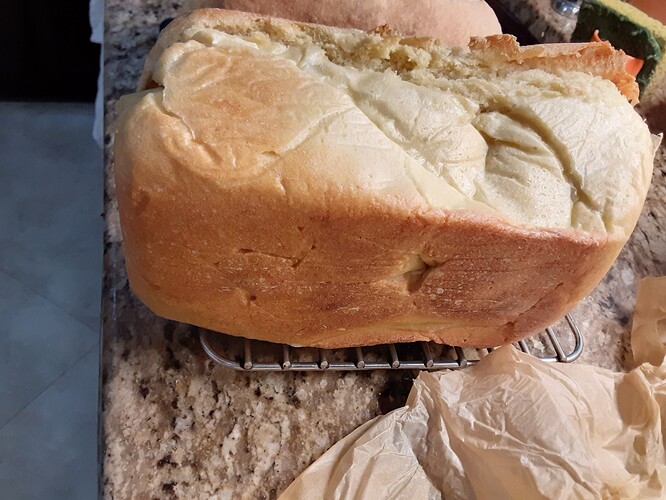Hello bread fans!
I bought an Emile Henry ceramic loaf baker (with lid). It came with two non-standard bread recipes - sweet whole wheat (why do people think whole wheat anything must be sweet???) and gluten free. Not very helpful. I have tried some of my own recipes and also one I got from the thousands on the EH website. I cannot detect any difference between the bread that I make in this very expensive pan and my dollar store metal pan.
I know some of you are crying out right now “No, this is the best bread pan ever!” I know lots of people feel that way. What I would like to know is: what is a basic bread recipe that turns out great using this pan? I don’t want it to have 50 ingredients, or weird ingredients. Just a basic recipe, with good instructions for using this specific loaf baker, such as oven temp, cooking time, did you leave the lid on for a while after removing from the oven, etc.
I have tried baking with the lid on and off, and halfway lid change. I am baking at 450F. I tried brushing the loaf with water and not brushing it. Other than the fact that the pan is more annoying to use, I can’t find any difference between this and my cheap pan.
Any help would be appreciated!

